Step into the realm where gardening meets artistry with the versatile world of mulch colors and types. Let’s embark on a journey to explore the wonders of this essential garden element.
Table Of Content
- Guide to Mulch Colors and Types for a Stunning Garden
- Part 1: Exploring Organic Mulch Colors And Types
- Organic Mulches
- Unveiling Synthetic Mulches
- Exploring Natural Mulch Types
- Investigating Inorganic Mulches
- Part 2: Understanding Mulch Colors
- Impact of Mulch Color on Aesthetics
- Exploring Natural Mulches
- Unveiling Vibrant Mulch Colors
- Investigating Neutral Mulch Colors
- Part 3: Mulch Selection and Application
- Selecting the Right Mulch for Your Garden
- Best Practices for Mulch Application
- Mulch Maintenance and Renewal
- Part 4: Case Studies and Examples
- Successful Mulch Applications
- Innovative Mulch Color Combinations
- Conclusion
Mulch isn’t just about aesthetics; it’s a powerhouse for your plants, regulating moisture, suppressing weeds, and enriching soil health. Understanding its significance can transform your gardening experience.
Guide to Mulch Colors and Types for a Stunning Garden
In this comprehensive guide, we’ll dive deep into mulch colors and types unlocking the secrets to vibrant, thriving gardens. From organic to synthetic, from earthy browns to bold reds, we’ll cover it all.
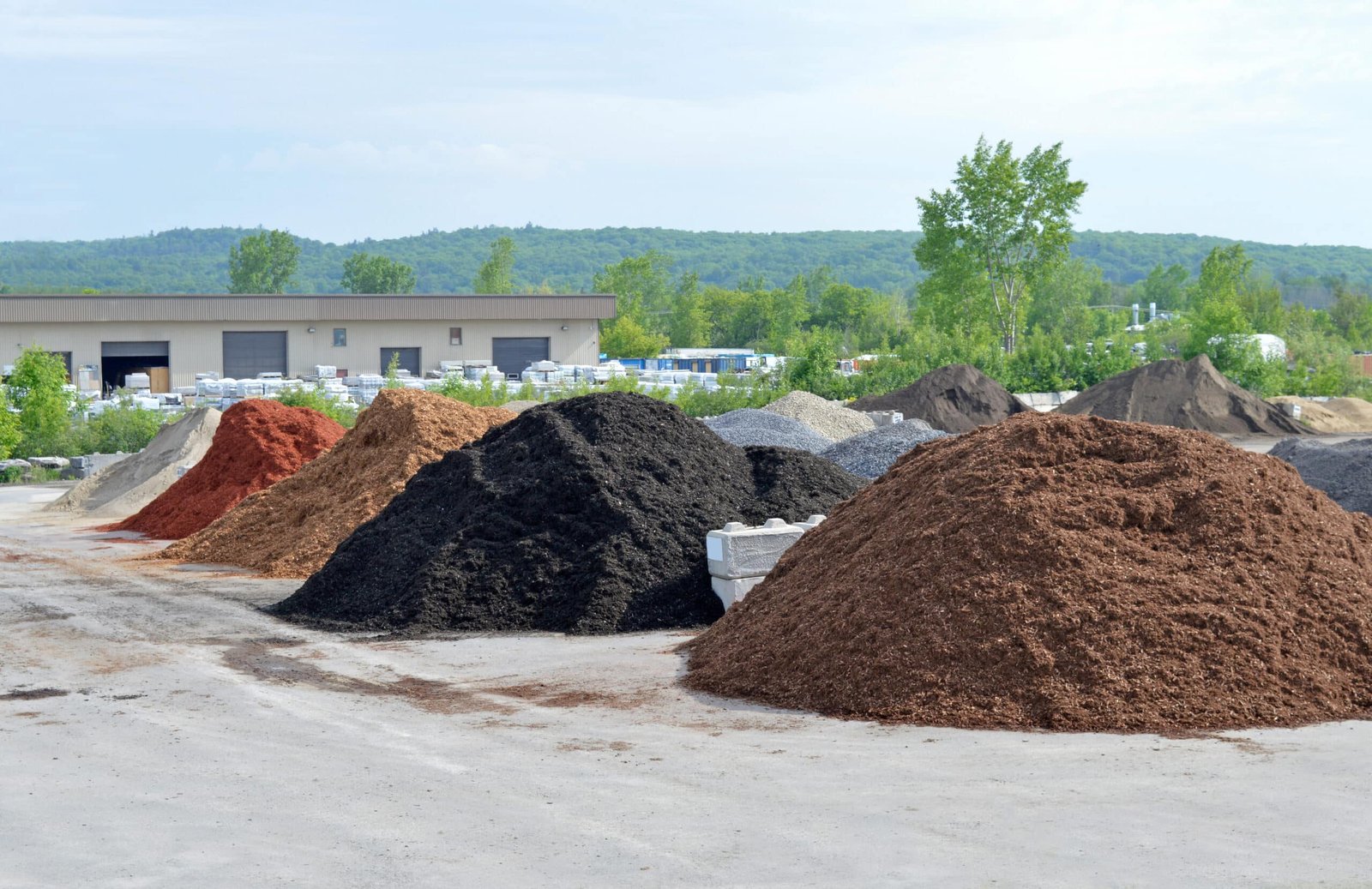
Part 1: Exploring Organic Mulch Colors And Types
Organic Mulches
Definition and characteristics of organic mulches
Organic mulches, derived from natural materials like wood chips or compost, offer a sustainable solution for garden nourishment. Their ability to break down over time adds valuable nutrients to the soil.
Benefits of using organic mulch types.
Beyond their eco-friendliness, organic mulches help retain moisture, suppress weeds, and regulate soil temperature, fostering optimal conditions for plant growth.
Examples of popular organic mulches
Explore the diverse world of organic mulches, from nutrient-rich compost to aromatic cedar chips, each offering its own unique benefits for your garden oasis.
Unveiling Synthetic Mulches
Introduction to synthetic mulches
Synthetic mulches, made from materials like plastic or rubber, provide a low-maintenance alternative with long-lasting durability. They offer excellent weed control and moisture retention.
Advantages and disadvantages of synthetic mulches
While synthetic mulches excel in longevity and convenience, they may lack the soil-enriching properties of organic options and can contribute to the accumulation of plastic waste.
Different types of synthetic mulches
Discover the variety of synthetic mulch options, from colorful rubber nuggets to permeable plastic films, each designed to meet specific gardening needs with efficiency and style.
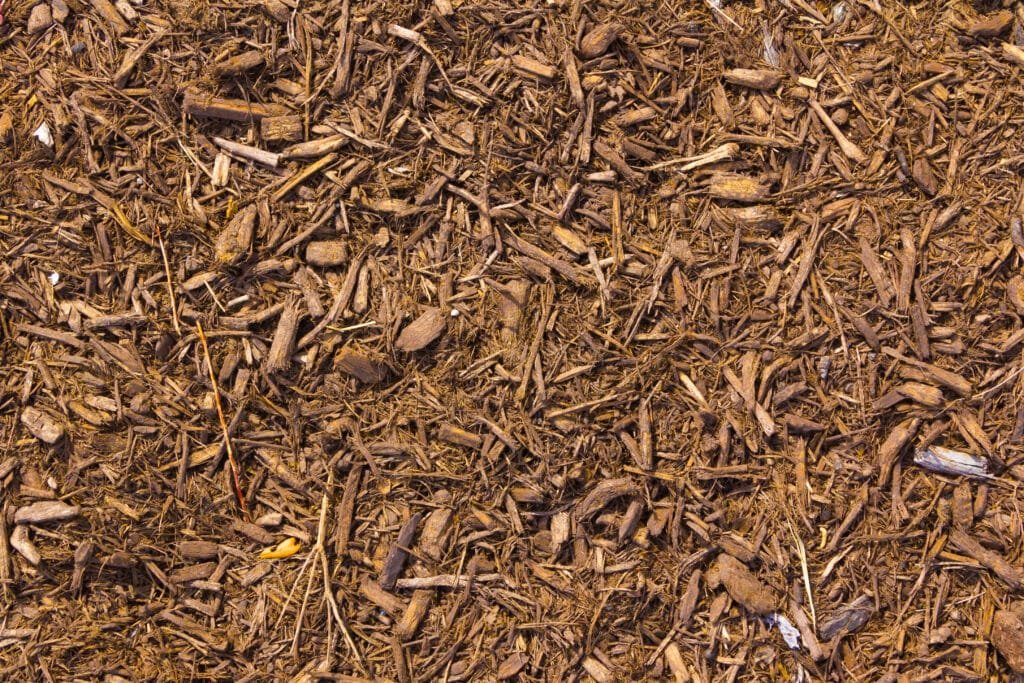
Exploring Natural Mulch Types
Characteristics of natural mulches
Natural mulches, such as wood chips or shredded bark, embody the earthy essence of the garden, providing a rustic charm that blends seamlessly with the landscape.
Pros and cons of using natural mulches
While natural mulches enhance soil health and aesthetics, they may require more frequent replenishment and can attract pests like termites or rodents if not correctly maintained.
Common types of natural mulches (e.g., wood chips, bark)
Delve into the world of natural mulch varieties, from classic wood chips to aromatic cedar bark, each offering its own blend of beauty and functionality for your garden beds.
Investigating Inorganic Mulches
Definition and features of inorganic mulches
Inorganic mulches, such as gravel or rubber, offer a non-degradable option for weed suppression and soil protection, ideal for areas with high foot traffic or extreme weather conditions.
Advantages and drawbacks of inorganic mulches
While inorganic mulches provide long-lasting durability and minimal maintenance, they may lack the soil-enhancing properties of organic alternatives and can contribute to heat retention in sunny climates.
Various options for inorganic mulches (e.g., plastic, rubber)
Explore the array of inorganic mulch choices, from recycled rubber mats to sleek plastic sheets, each offering a sleek and modern aesthetic for contemporary garden designs.

Part 2: Understanding Mulch Colors
Impact of Mulch Color on Aesthetics
Significance of mulch color in garden design
Mulch color isn’t just about looks; it’s a powerful tool for shaping the mood and atmosphere of your outdoor space, creating visual interest and focal points.
Psychological effects of different mulch colors
Colors evoke emotions and perceptions, influencing how we experience our surroundings. Understanding the psychological effects of mulch colors can help you craft a garden that resonates with your desired ambiance.
How to choose the right mulch color for your garden
From calming neutrals to bold statements, selecting the perfect mulch color involves considering factors like existing landscaping, plant palette, and desired visual impact.
Exploring Natural Mulches
Characteristics of natural mulch colors (e.g., browns, tans)
Natural mulch colors, inspired by the earth’s palette, range from warm browns to cool tans, offering a timeless elegance that complements any garden style.
Popular natural mulch colors and their effects
Explore the subtle nuances of natural mulch hues, from rich cocoa browns to sandy beiges, and their ability to enhance plantings, create contrast, and evoke a sense of harmony in the landscape.
Tips for incorporating natural mulch colors into your garden
Discover creative ways to integrate natural mulch colors into your garden design, whether through layering, contrasting, or harmonizing with existing elements for a cohesive and inviting outdoor retreat.
Unveiling Vibrant Mulch Colors
Introduction to vibrant mulch colors (e.g., red, black)
Vibrant mulch colors, like fiery reds or jet blacks, add a bold pop of personality to your garden, injecting energy and drama into the landscape.
Unique features of vibrant mulch colors
Bold and attention-grabbing, vibrant mulch colors make a statement, whether as a striking focal point or a playful accent that adds visual interest and excitement to garden beds.
Creative ways to use vibrant mulch colors in landscaping
From creating dynamic pathways to framing flower beds, explore innovative ways to incorporate vibrant mulch colors into your landscaping, infusing your outdoor space with personality and flair.
Investigating Neutral Mulch Colors
Characteristics of neutral mulch colors (e.g., gray, white)
Neutral mulch colors, like soft grays or crisp whites, offer a sophisticated elegance that complements a wide range of architectural styles and plant palettes.
Advantages and applications of neutral mulch colors
Versatile and understated, neutral mulch colors provide a timeless backdrop that allows plants and garden features to take center stage, creating a sense of tranquility and balance in the landscape.
How to create a harmonious garden palette using neutral mulch colors
Discover tips for harmonizing neutral mulch colors with existing elements in your garden, from coordinating with structural elements to playing with texture and contrast for a cohesive and inviting outdoor environment.
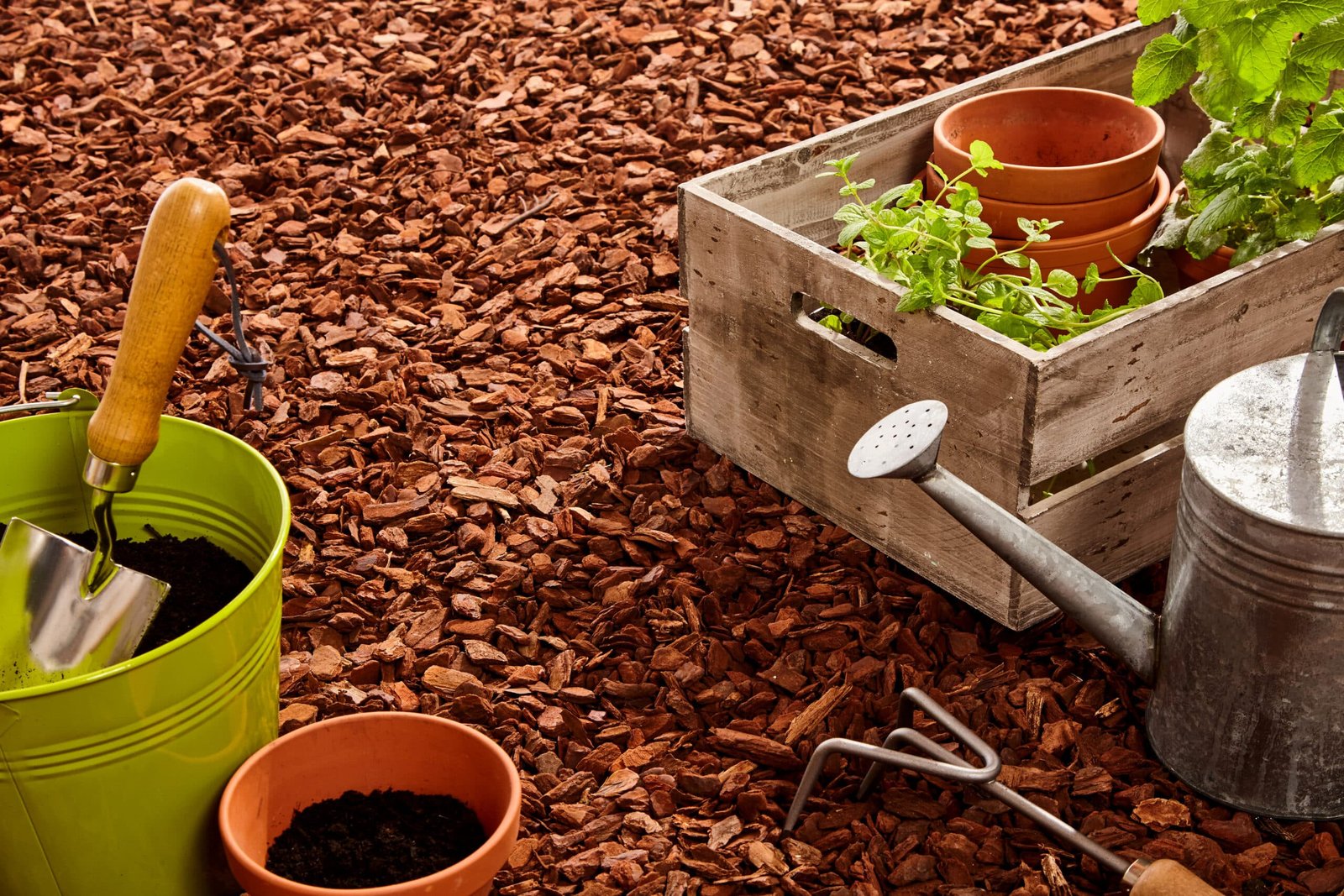
Part 3: Mulch Selection and Application
Selecting the Right Mulch for Your Garden
Factors to consider when choosing mulch (e.g., climate, soil type)
Navigate the decision-making process with ease by considering key factors like climate, soil type, and plant needs to ensure you select the ideal mulch for your garden.
Matching mulch types to specific gardening needs
Tailor your mulch selection to meet specific gardening needs, whether it’s moisture retention, weed suppression, or soil enrichment, to create an environment where your plants can thrive.
Tips for selecting the best mulch for your garden
Empower yourself with expert tips and insights for choosing the best mulch for your garden, from experimenting with different textures to consulting with local experts for personalized recommendations.
Best Practices for Mulch Application
Proper methods for applying mulch
Master the art of mulch application with proper techniques for spreading mulch evenly, maintaining appropriate depth, and avoiding common pitfalls for optimal results.
Mulching techniques for different garden layouts (e.g., raised beds, container gardens)
Tailor your mulching approach to suit various garden layouts, whether it’s raised beds, container gardens, or sprawling landscapes, to ensure consistent coverage and maximum effectiveness.
Common mistakes to avoid when mulching
Learn from the experiences of others by avoiding common mulching mistakes, such as overmulching, improper application, or neglecting to replenish mulch regularly, to preserve the health and beauty of your garden.
Mulch Maintenance and Renewal
Importance of mulch maintenance
Understand the importance of mulch maintenance in preserving its effectiveness and aesthetic appeal, from regular fluffing and turning to monitoring moisture levels and replenishing as needed.
How often should mulch be replenished?
Determine the optimal mulch replenishment schedule based on factors like climate, mulch type, and decomposition rate to ensure your garden remains healthy and vibrant year-round.
Techniques for refreshing mulch and extending its lifespan
Discover practical techniques for refreshing mulch and extending its lifespan, from top-dressing with fresh mulch to incorporating mulch-conserving strategies like weed fabric or edging to maximize your investment and minimize waste.
Part 4: Case Studies and Examples
Successful Mulch Applications
Case studies of successful mulch applications
Explore real-life examples of successful mulch applications, from residential gardens to commercial landscapes, showcasing the transformative power of mulch in enhancing plant health and beauty.
Examples of mulch used in various garden settings (e.g., residential, commercial)
Gain inspiration from diverse garden settings where mulch has been used creatively and effectively to address specific challenges and achieve stunning results, from urban rooftop gardens to sprawling suburban estates.
Lessons learned and key takeaways from real-world mulching projects
Extract valuable insights and lessons learned from real-world mulching projects, from troubleshooting common issues to celebrating unexpected successes, to inform and inspire your own gardening endeavors.
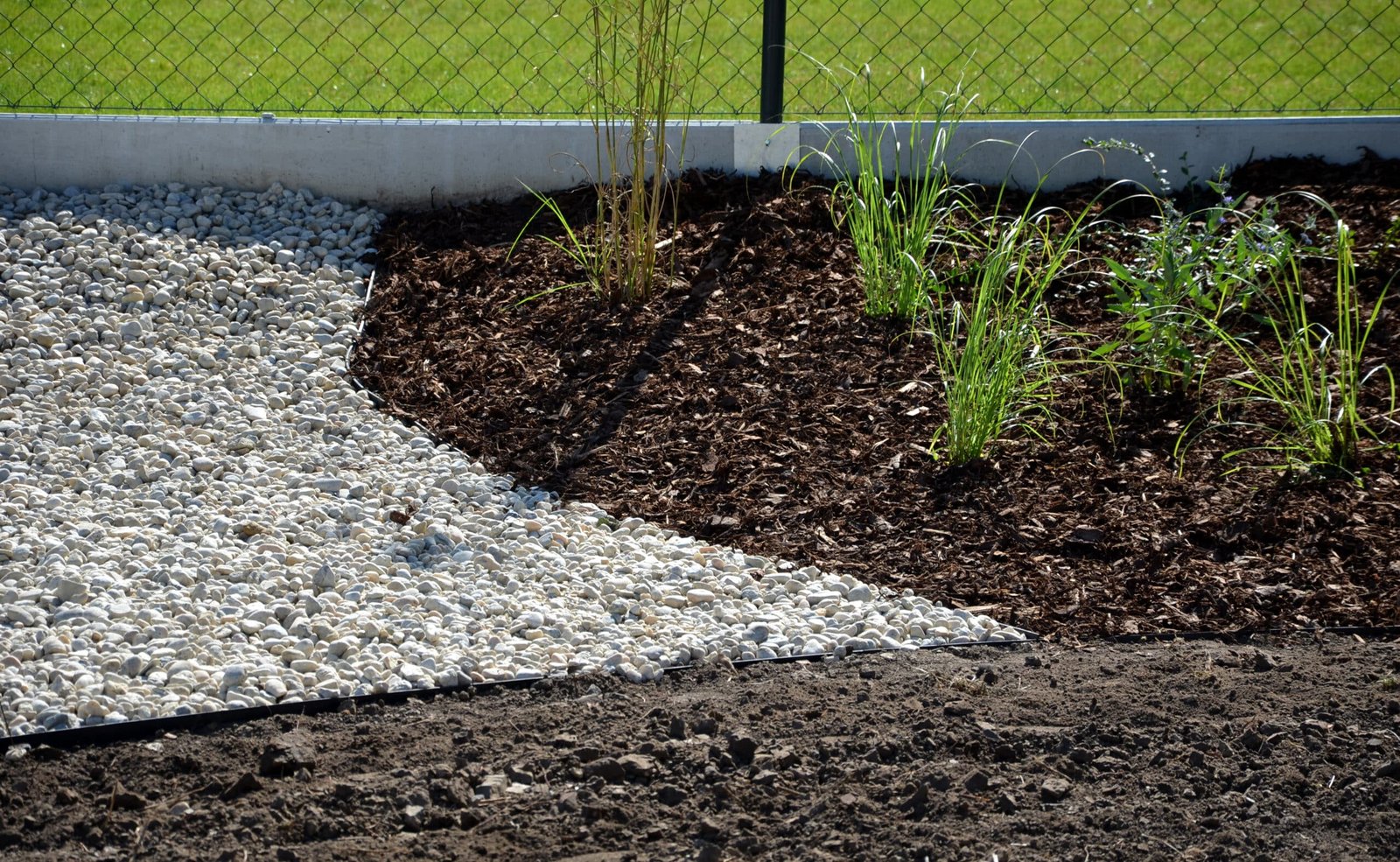
Innovative Mulch Color Combinations
Examples of creative mulch color combinations
Discover imaginative combinations of mulch colors that add depth, dimension, and personality to garden landscapes, from monochromatic schemes to vibrant palettes that evoke the beauty of nature.
How to use mulch colors to enhance garden features (e.g., pathways, borders)
Learn how to use mulch colors strategically to define garden features, create visual interest, and guide the eye through the landscape, enhancing the overall aesthetic appeal and functionality of your outdoor space.
Inspiration for experimenting with unconventional mulch color schemes
Break free from traditional color palettes and unleash your creativity with unconventional mulch color schemes that challenge the status quo and reflect your unique personality and style.
Conclusion
Recap of Key Points
Summarize the key points covered in the blog post, from mulch types and colors to selection and application tips, highlighting the importance of mulch diversity and color selection in garden design.
Importance of Mulch Diversity and Color Selection in Garden Design
Emphasize the significance of mulch diversity and color selection in creating visually stunning and ecologically rich garden landscapes that nourish the soul and support biodiversity.
Final Tips and Recommendations
Offer additional tips and recommendations for maximizing the benefits of mulch in your garden, from experimenting with different types and colors to embracing the transformative power of mulch in creating your own unique garden paradise.





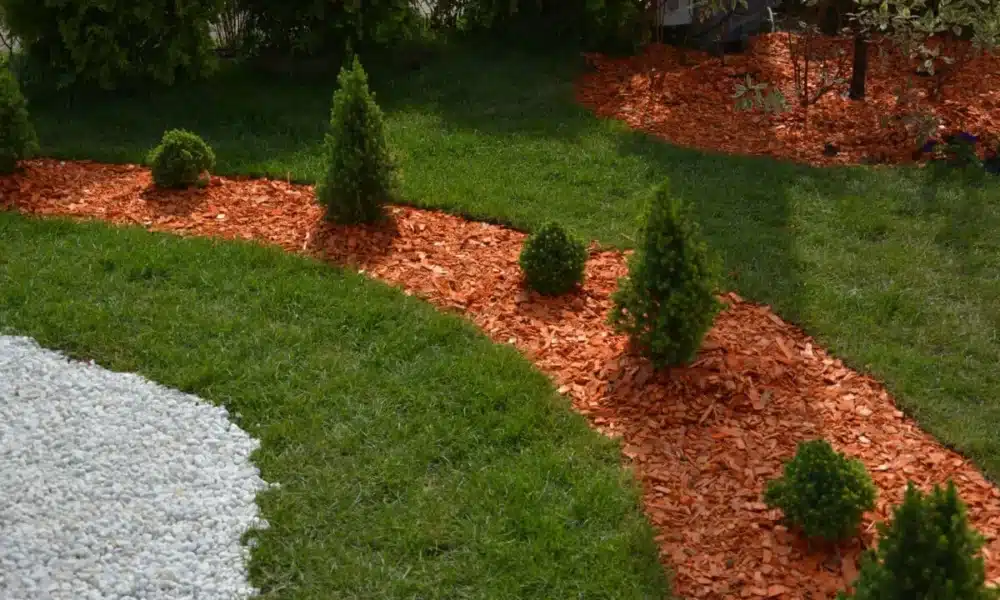







No Comment! Be the first one.